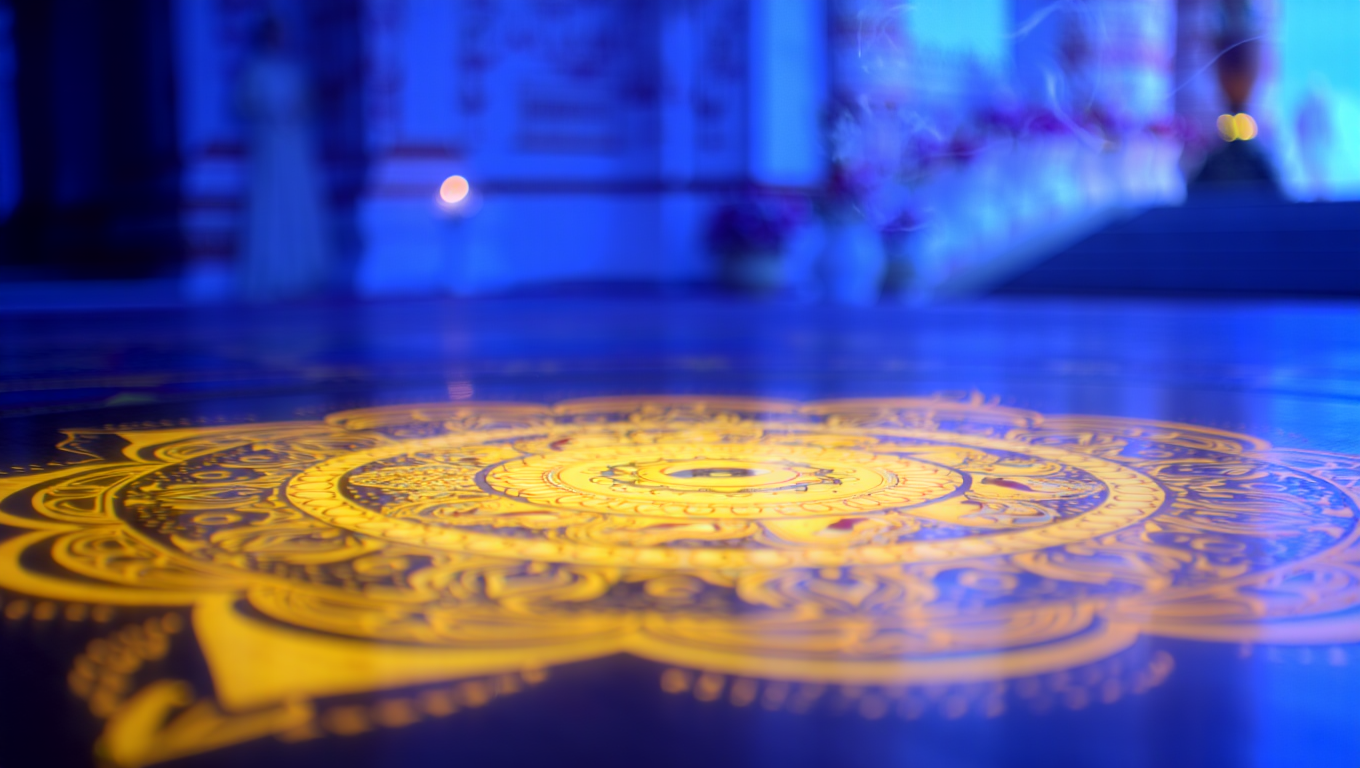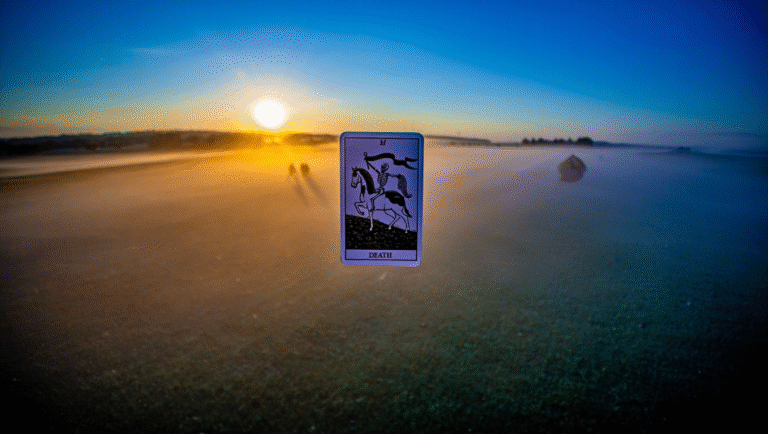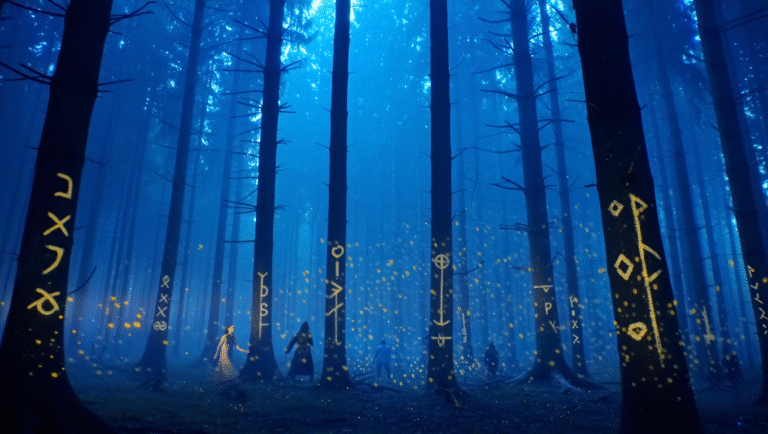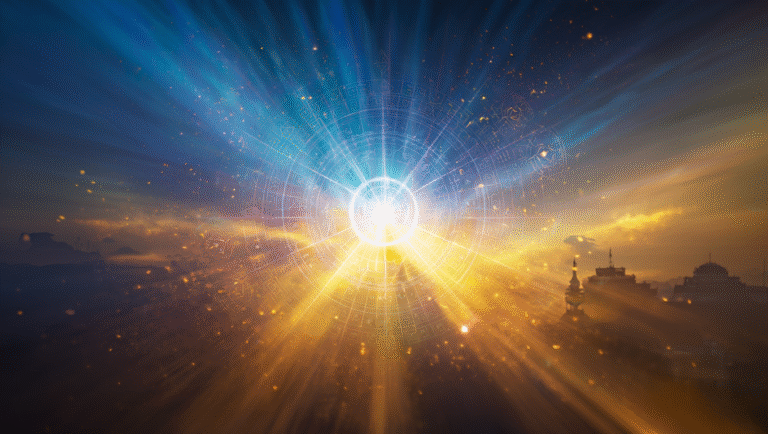How Human Design Differs from Astrology
Let’s be real—if you’ve ever scrolled through Instagram and seen “Human Design” next to someone’s zodiac sign, you probably wondered: Is this just astrology with a new coat of paint? Or is there actually something different going on? The short answer: Human Design and astrology are cousins, not twins. Both promise self-discovery, but how they get you there is a whole different ride.
Context: Why Compare Human Design and Astrology?
Astrology’s been around for thousands of years; your sun sign is as familiar as your Starbucks order. Human Design, on the other hand, is a newer system—a mashup of astrology, the I Ching, Kabbalah, and the chakra system, all rolled into a chart called a “BodyGraph.” Both claim to map who you are and how you tick. But their methods and what you actually do with their insights? That’s where things split.
“Astrology gives you the weather forecast. Human Design hands you the full user manual.”
Case in Point: Jane’s Experience
Jane, a project manager in her mid-30s, always felt torn between wanting to lead and needing alone time. Her Capricorn sun told her she’s ambitious, but astrology couldn’t fully explain why she’d crash after big meetings. Human Design revealed she’s a Projector—a type that thrives in guidance roles but needs serious rest to avoid burnout. Suddenly, the missing puzzle piece clicked into place.
Step-by-Step: How Do Human Design and Astrology Actually Work?
Astrology: The Celestial Blueprint
- Birth info needed: Date, time, and place.
- Chart: Natal chart (shows planets’ positions in the zodiac at your birth).
- Key focus: Sun, moon, and rising sign (“the big three”), plus houses, aspects, transits, and more.
- Uses: Personality insights, life cycles, compatibility, good days/bad days.
Human Design: The BodyGraph System
- Birth info needed: Exactly the same as astrology.
- Chart: BodyGraph (a visual map showing energy centers and channels).
- Key focus: Your “Type” (Generator, Manifestor, Projector, Reflector), Authority (decision-making style), Profile (life themes), and defined/undefined centers.
- Uses: How to make decisions, manage energy, work style, interaction with others.
What’s Similar?
- Both use your birth data to create a personalized chart.
- Each offers a unique vocabulary for describing your strengths and struggles.
- Both are used for self-reflection and growth.
What’s Different?
- Complexity: Astrology is layered but familiar; Human Design can feel like learning a new language.
- Focus: Astrology zooms in on the psyche and cycles; Human Design is about practical mechanics—how you “work.”
- Actionability: Human Design is more prescriptive (“Wait for the invitation” vs. “Mercury in retrograde” advice).
- Tools: Astrology has horoscopes and transit calendars; Human Design offers strategy guides and decision-making tools.
Quick Comparison Table
| Name | Key Feature | Chart Type | Actionable Advice | Learning Curve |
|---|---|---|---|---|
| Astrology | Planetary influence by zodiac sign/house | Natal Chart | Moderate (e.g., “Avoid big talks during Mercury retrograde”) | Medium |
| Human Design | Energy mechanics & decision strategy | BodyGraph | High (e.g., “Wait for response if you’re a Generator”) | High |
15-Minute Self-Discovery Exercise
- Grab your birth data (date, time, place).
- Astrology: Create your free natal chart. Note your sun, moon, and rising sign.
- Human Design: Generate your BodyGraph chart. Write down your Type and Authority.
- Compare: What overlaps? Where do they differ? For example, are you a Leo sun (outgoing) but a Projector (needs rest)? Notice where your energy feels “off” or “on.”
- Try it in real life: For one day, follow your Human Design strategy (e.g., wait for invitation, respond, initiate). Jot down changes in energy, mood, or decision-making clarity.
Best Tools & Books for Diving Deeper
-
Astrology:
The Only Astrology Book You’ll Ever Need – Classic, clear, practical. -
Human Design:
Human Design: Discover the Person You Were Born to Be – User-friendly intro with charts and examples. -
Apps:
My Human Design (website and app) and Astro.com for free charts.
Pros, Cons, and Who Each System Is For
| System | Pros | Cons | Best For |
|---|---|---|---|
| Astrology |
|
|
|
| Human Design |
|
|
|
Final Thoughts: Do You Need Both?
You don’t have to pick sides—many people use both astrology and Human Design for different needs. If you love big-picture themes, astrology’s your jam. If you want a “how-to” guide for everyday life, Human Design might be the missing link. Use what actually helps you, and skip what doesn’t. No system is perfect, but both can help you know yourself (and your quirks) a little better.
Pro tip:
Don’t stress about memorizing every detail. Start small, experiment, and let your own experience be your guide.
Resources:
- My Human Design – free chart, articles, and beginner guides
- Astro.com – in-depth astrology tools
- Human Design: Discover the Person You Were Born to Be
- The Only Astrology Book You’ll Ever Need
Some links may be affiliate. You pay the same price, and this blog may earn a small commission.







